Home>Gardening & Outdoor>Landscaping Ideas>What To Put Under Artificial Grass
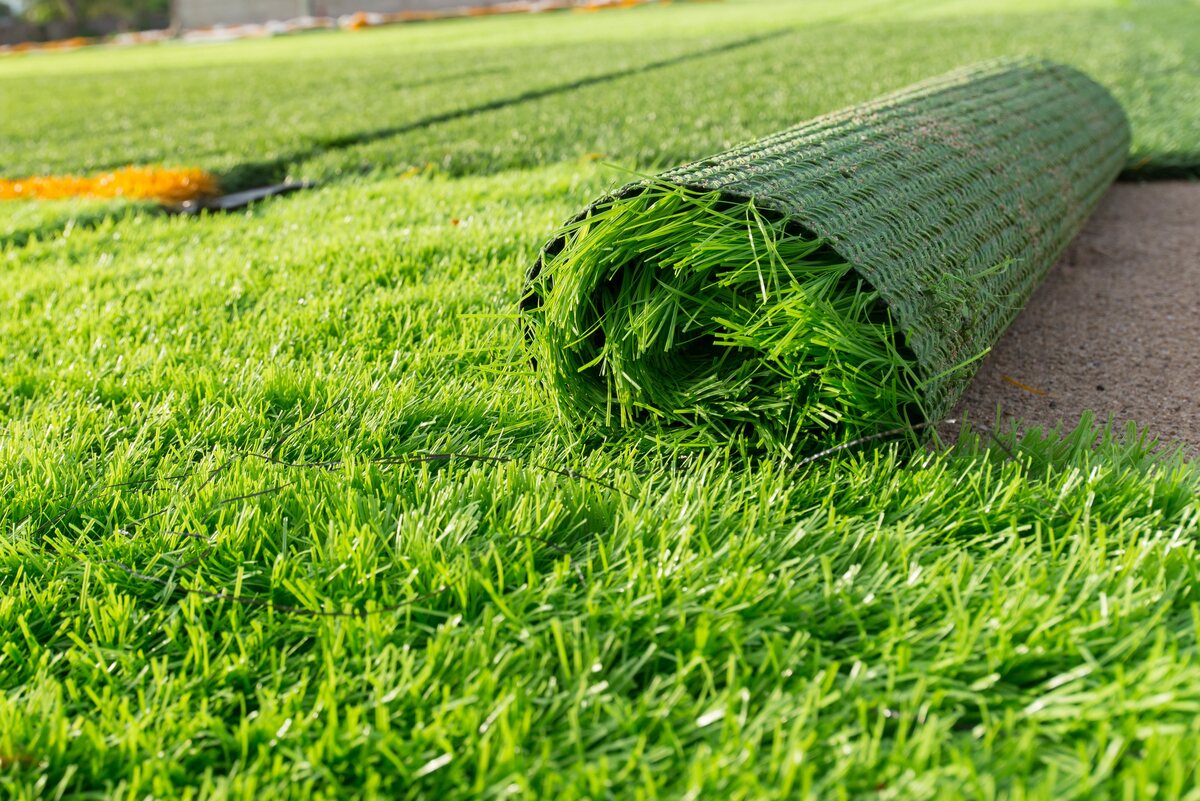

Landscaping Ideas
What To Put Under Artificial Grass
Modified: March 28, 2024
Discover the best landscaping ideas for what to put under artificial grass. Explore creative solutions to enhance your outdoor space.
(Many of the links in this article redirect to a specific reviewed product. Your purchase of these products through affiliate links helps to generate commission for Storables.com, at no extra cost. Learn more)
Introduction
Welcome to the world of artificial grass landscaping, where lush green lawns are no longer limited to natural turf. Artificial grass offers a low-maintenance, aesthetically pleasing alternative that can transform any outdoor space into a vibrant oasis. However, achieving the perfect artificial grass installation involves more than just laying down the turf. The foundation and materials underneath play a crucial role in the overall performance and longevity of the artificial lawn.
In this comprehensive guide, we will delve into the essential elements that go beneath artificial grass. From base materials and drainage systems to weed barriers and infill options, we will explore each component in detail, providing valuable insights to help you create a stunning and durable artificial grass landscape.
Whether you are a homeowner looking to revamp your yard or a landscaping professional seeking in-depth knowledge, this guide will equip you with the expertise to make informed decisions and achieve outstanding results in your artificial grass project.
Key Takeaways:
- Choose the Right Foundation
Select the best base material and drainage system for your artificial grass to ensure stability, proper water flow, and longevity. Consider your specific needs and local conditions for a successful installation. - Enhance with the Perfect Infill
Pick the ideal infill material to improve the performance and aesthetics of your artificial grass. Whether it’s silica sand for stability or organic options for sustainability, the right infill enhances your outdoor space.
Read more: What To Put Under Pots On A Patio
Base Material Options
The base material serves as the foundation for your artificial grass installation, providing stability and support for the turf. There are several options for base materials, each with unique characteristics and suitability for different applications.
- Class II Road Base: This compacted aggregate material is a popular choice for artificial grass installations. It offers excellent drainage properties and stability, making it ideal for areas with moderate to heavy foot traffic. Class II road base is often used in commercial landscapes, sports fields, and high-traffic residential lawns.
- Crushed Rock: Crushed rock, such as decomposed granite or limestone, is another commonly used base material for artificial grass. It provides good drainage and a firm foundation for the turf. Crushed rock is suitable for various landscape applications, including residential lawns, pet areas, and playgrounds.
- Concrete Base: In some scenarios, a concrete base may be preferred for its exceptional stability and durability. This option is well-suited for areas where the ground conditions require a solid, non-porous foundation. Concrete bases are often utilized in commercial settings, rooftop gardens, and balconies.
When selecting a base material for your artificial grass project, consider factors such as drainage requirements, intended use of the area, and local building codes. It’s essential to ensure proper compaction and grading during the base preparation to create a level surface that promotes the longevity and performance of the artificial turf.
By choosing the appropriate base material based on your specific needs and site conditions, you can lay the groundwork for a successful and enduring artificial grass installation.
Drainage Systems
Effective drainage is crucial for maintaining the integrity and functionality of an artificial grass landscape. Without proper drainage, water accumulation can lead to issues such as mold growth, unpleasant odors, and potential damage to the turf and underlying materials. To mitigate these concerns, implementing a reliable drainage system is essential.
There are several drainage options to consider when planning an artificial grass installation:
- Permeable Base: Utilizing a permeable base material, such as Class II road base or crushed rock, can facilitate natural drainage by allowing water to seep through the surface and into the underlying soil. This method is effective in areas where soil permeability is sufficient to handle water runoff.
- Perforated Pipe System: Installing a perforated pipe system beneath the base material enables efficient water drainage, particularly in regions with heavy rainfall or compacted soil. The perforated pipes collect and redirect excess water away from the artificial turf, preventing waterlogging and ensuring proper moisture control.
- French Drain System: A French drain, consisting of a trench filled with gravel and a perforated pipe, offers an effective solution for managing water buildup in specific areas of the landscape. This system efficiently directs excess water away from the surface, safeguarding the artificial grass from potential water-related issues.
When determining the most suitable drainage system for your artificial grass project, assess factors such as local climate, soil composition, and the anticipated volume of water runoff. By implementing an appropriate drainage solution, you can safeguard the longevity and performance of your artificial grass landscape, ensuring a resilient and visually appealing outdoor environment for years to come.
Consider using a layer of crushed stone or sand as a base for artificial grass. This will provide proper drainage and help prevent the grass from shifting or becoming uneven over time.
Weed Barrier
Preventing weed growth beneath the artificial grass is essential for maintaining a pristine and hassle-free landscape. A quality weed barrier, also known as a geotextile fabric, serves as a protective layer that inhibits weed penetration while promoting optimal drainage and stability.
Here are key considerations regarding weed barriers for artificial grass installations:
- Non-Woven Geotextile Fabric: Non-woven weed barriers are designed to prevent weed growth while allowing water to permeate through the material. This type of fabric provides effective weed suppression and is permeable enough to support proper drainage, making it a popular choice for artificial grass projects.
- Woven Geotextile Fabric: Woven weed barriers offer superior strength and stability, making them suitable for areas with heavy foot traffic or potential mechanical stresses. While woven fabrics provide reliable weed control, it’s important to ensure adequate permeability for efficient drainage in artificial grass installations.
- Installation Techniques: Proper installation of the weed barrier is crucial for its effectiveness. The fabric should be laid flat and securely anchored to the base material, with overlapping seams to prevent weed intrusion. Additionally, ensuring that the edges are appropriately secured and sealed is essential for long-term weed prevention.
By incorporating a high-quality weed barrier into the foundation of your artificial grass landscape, you can minimize maintenance efforts and preserve the pristine appearance of the turf. The weed barrier acts as a protective shield, safeguarding the underlying base materials from invasive weed roots and promoting a clean, vibrant outdoor environment.
Infill Options
Choosing the right infill for your artificial grass installation is a critical decision that impacts the performance, resilience, and overall aesthetics of the turf. Infill materials are designed to enhance the stability, durability, and natural feel of the synthetic lawn while contributing to proper drainage and temperature regulation.
Here are several infill options commonly used in artificial grass landscapes:
- Silica Sand: Silica sand infill provides excellent support and stability for the artificial turf fibers while promoting proper drainage. It helps maintain the structural integrity of the lawn and minimizes compaction, making it a popular choice for various applications, including residential lawns and commercial landscapes.
- Rubber Granules: Recycled rubber granules offer impact absorption and resilience, making them well-suited for sports fields, playgrounds, and areas where cushioning and safety are paramount. Rubber infill enhances shock absorption and reduces the risk of injuries, providing a comfortable and secure surface for recreational activities.
- Organic Infill: Organic infill options, such as cork or coconut fibers, provide a sustainable and environmentally friendly alternative for artificial grass landscapes. These natural materials offer thermal insulation, moisture retention, and microbial resistance, contributing to a comfortable and eco-conscious outdoor environment.
When selecting an infill for your artificial grass project, consider factors such as intended use, climate, and maintenance preferences. It’s essential to choose an infill that complements the specific requirements of your landscape while aligning with sustainability and safety standards.
By carefully evaluating and selecting the appropriate infill material, you can optimize the performance, longevity, and visual appeal of your artificial grass installation, creating a vibrant and resilient outdoor space for leisure, recreation, and relaxation.
Read more: What To Put Under Patio Stones
Conclusion
As we conclude our exploration of the foundational elements beneath artificial grass, it’s evident that the materials and systems underneath the turf play a pivotal role in shaping the performance, durability, and visual appeal of the landscape. By carefully selecting and integrating the appropriate base materials, drainage systems, weed barriers, and infill options, you can create a resilient and captivating outdoor environment that enhances the aesthetic charm and functionality of your property.
From the stability and drainage capabilities of the base material to the weed suppression and permeability of the barrier fabric, each component contributes to the overall integrity and longevity of the artificial grass installation. Furthermore, the choice of infill material significantly influences the turf’s resilience, safety, and tactile experience, catering to diverse preferences and usage requirements.
As you embark on your artificial grass project, whether it’s a residential lawn, a commercial landscape, or a recreational area, it’s essential to consider the unique attributes and demands of your specific environment. By aligning the foundational elements with the characteristics of your landscape and the intended usage, you can establish a robust and visually stunning artificial grass installation that withstands the test of time.
Ultimately, the meticulous attention to detail in selecting and implementing the base materials, drainage systems, weed barriers, and infill options sets the stage for a vibrant, low-maintenance, and enduring artificial grass landscape. With a thoughtful approach to the foundational elements beneath the turf, you can create an outdoor oasis that exudes natural beauty, functionality, and long-lasting allure for years to come.
Frequently Asked Questions about What To Put Under Artificial Grass
Was this page helpful?
At Storables.com, we guarantee accurate and reliable information. Our content, validated by Expert Board Contributors, is crafted following stringent Editorial Policies. We're committed to providing you with well-researched, expert-backed insights for all your informational needs.
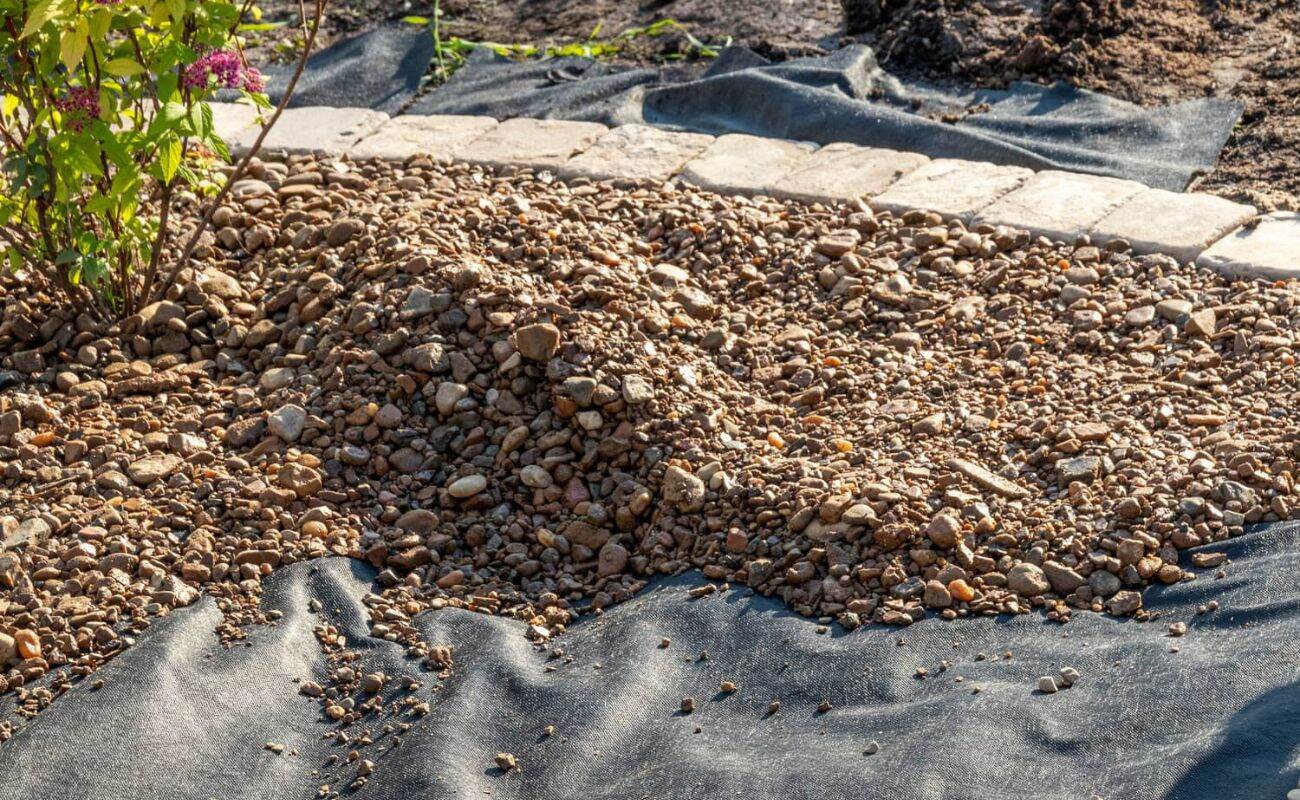
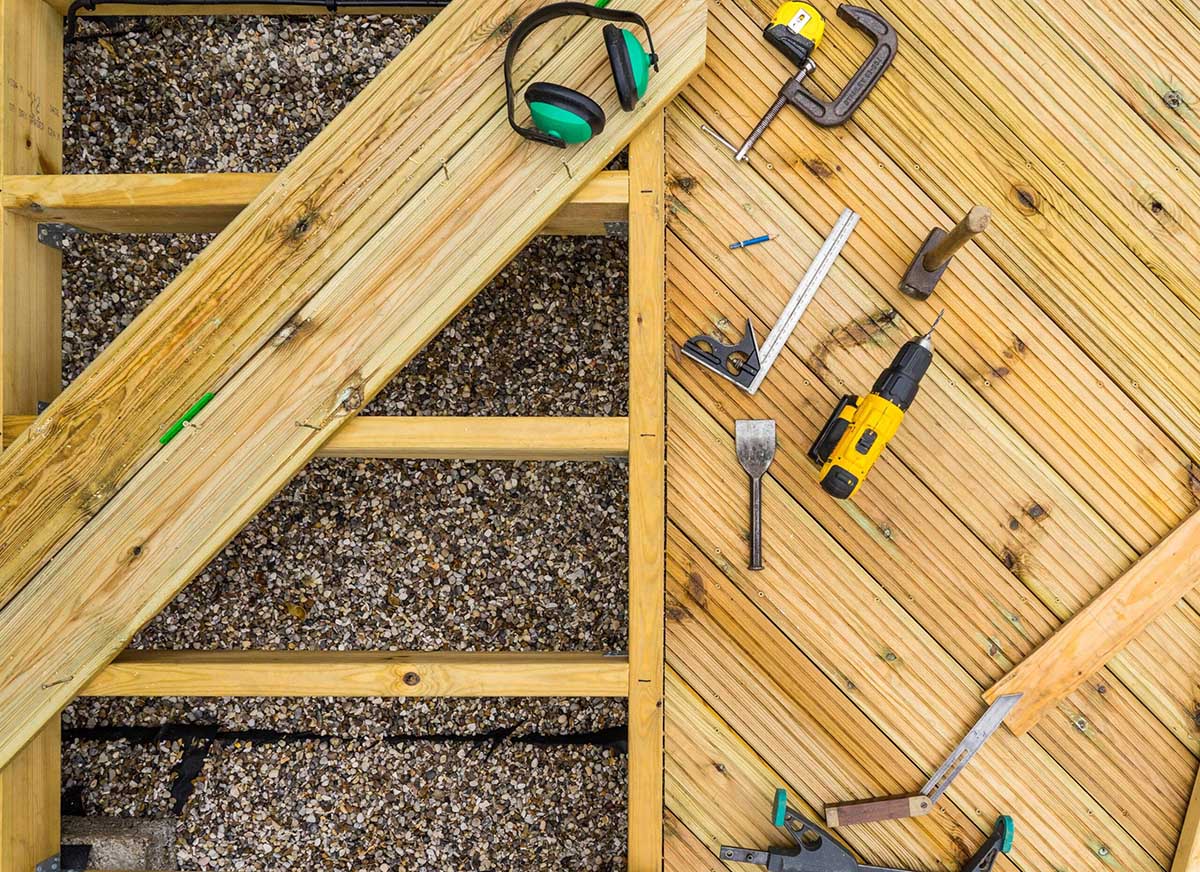
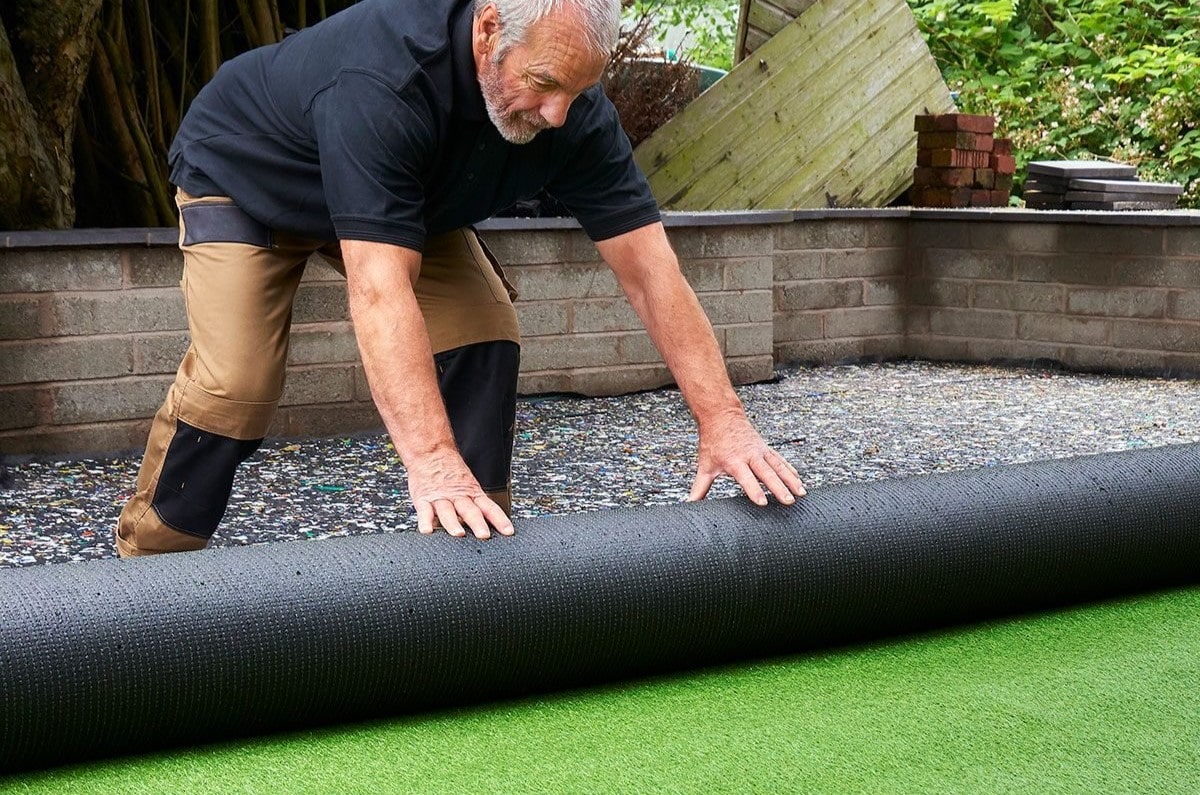
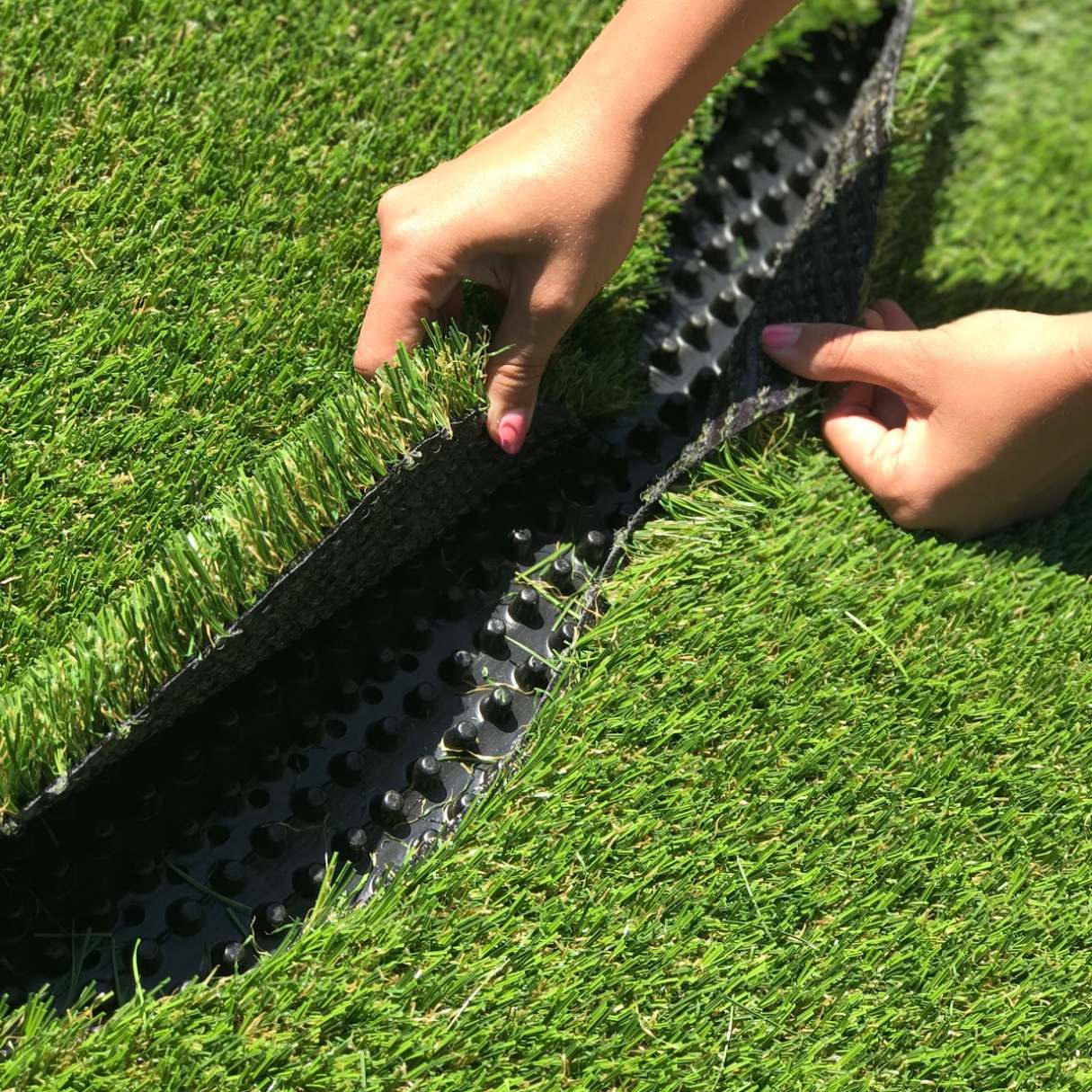
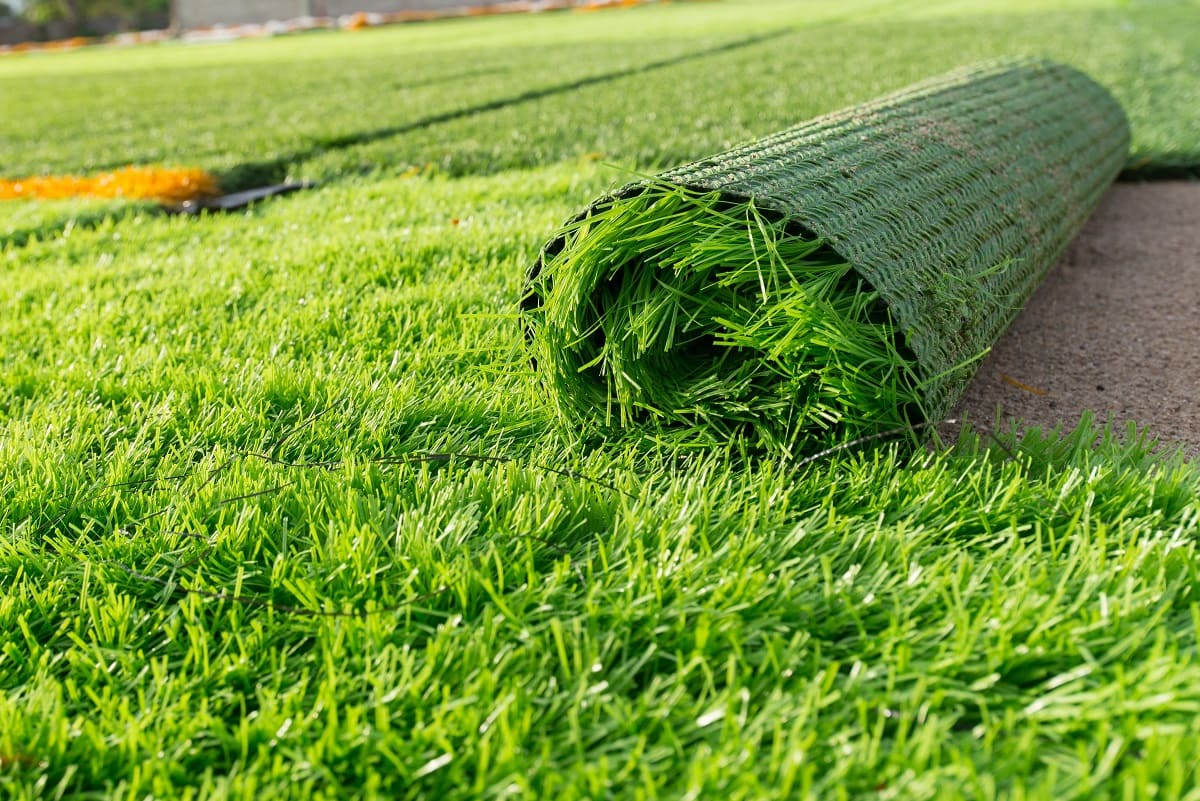
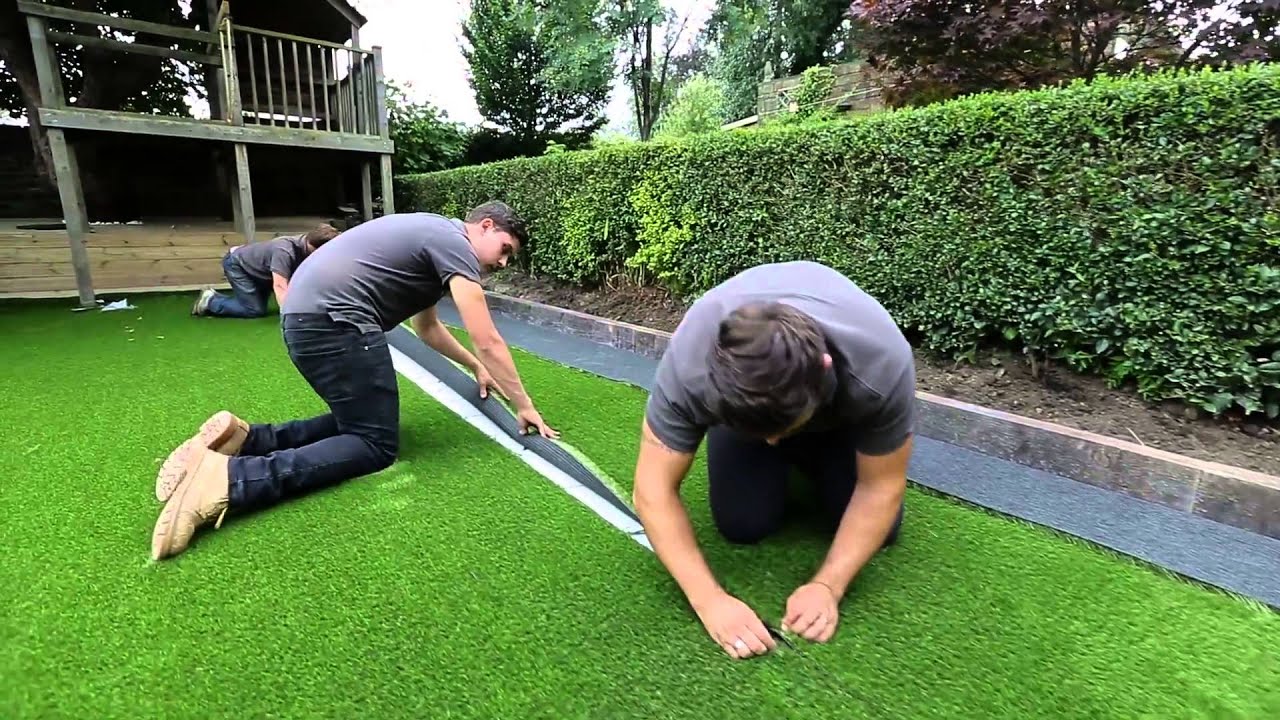
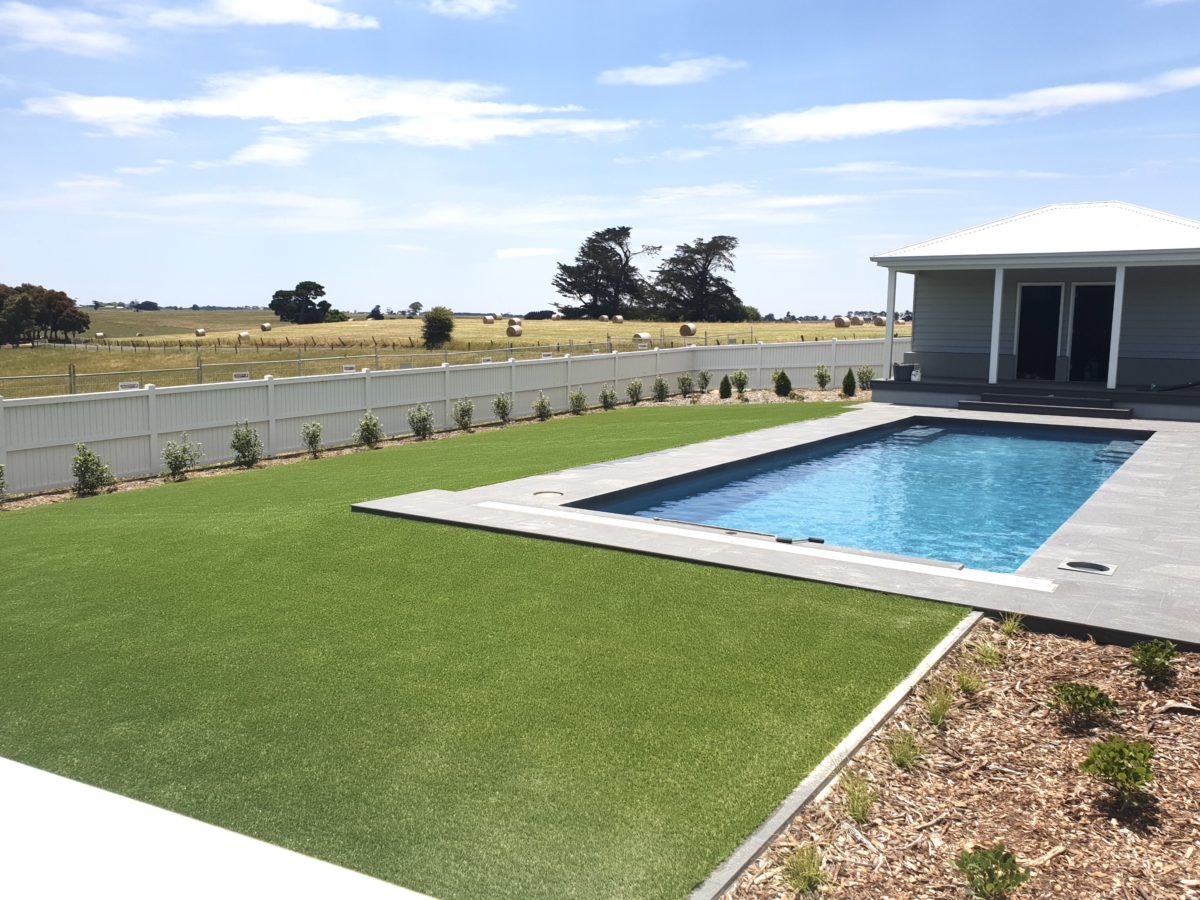
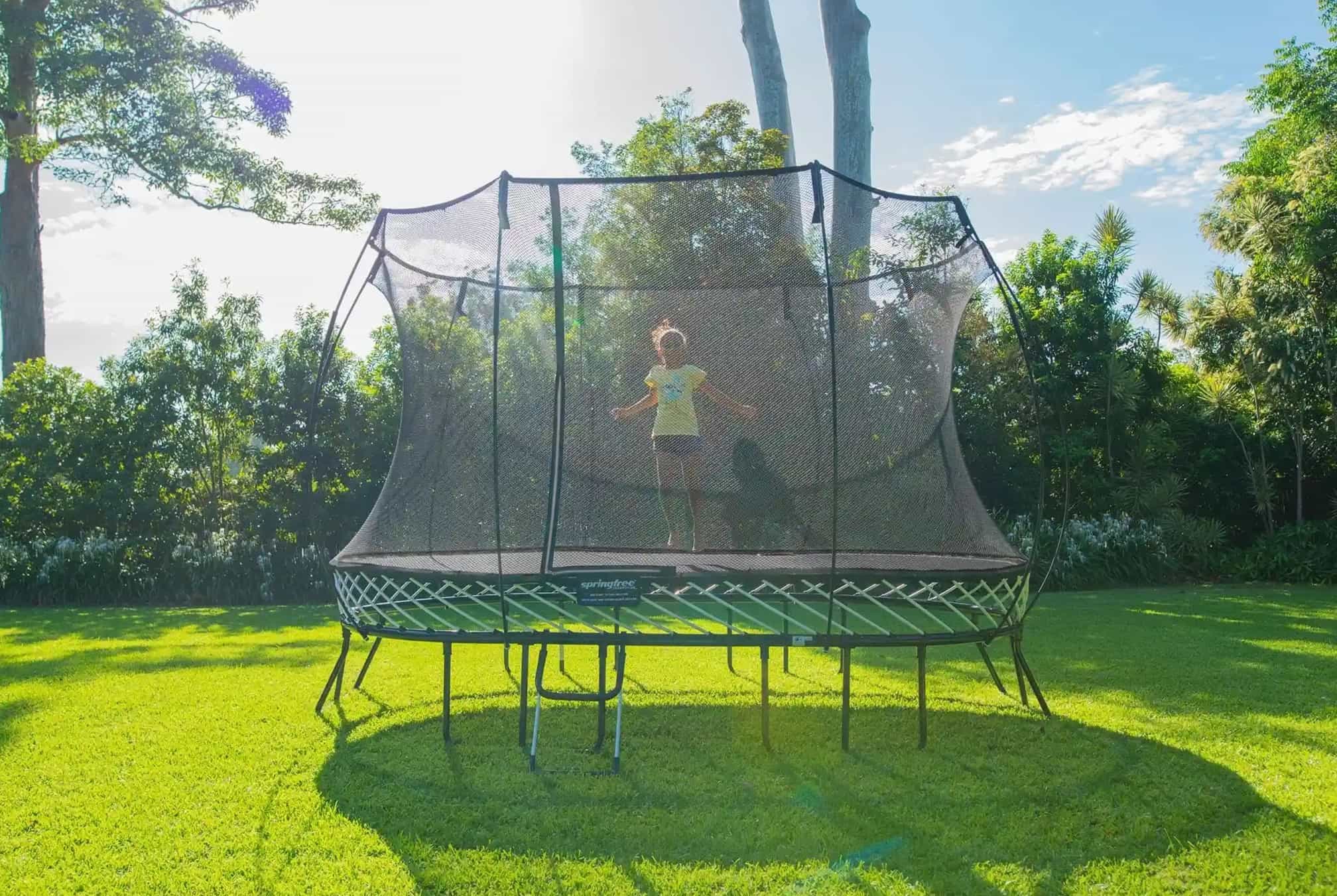
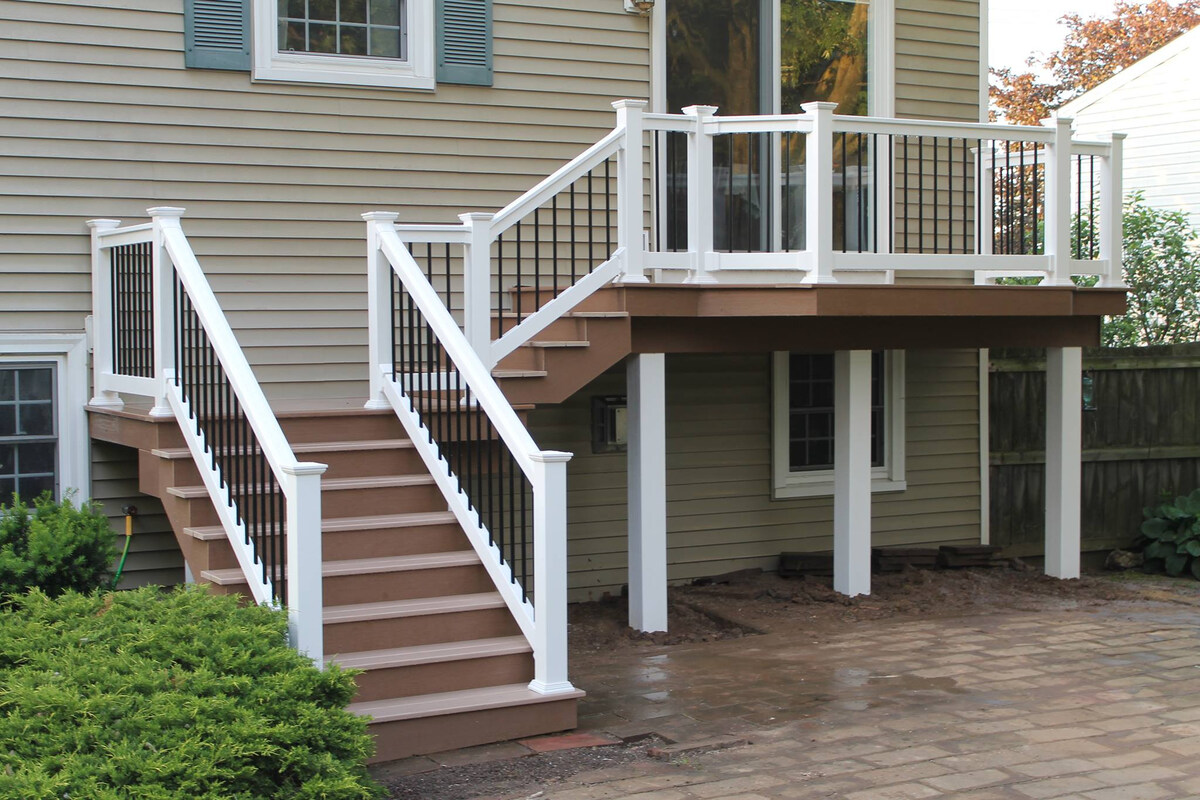
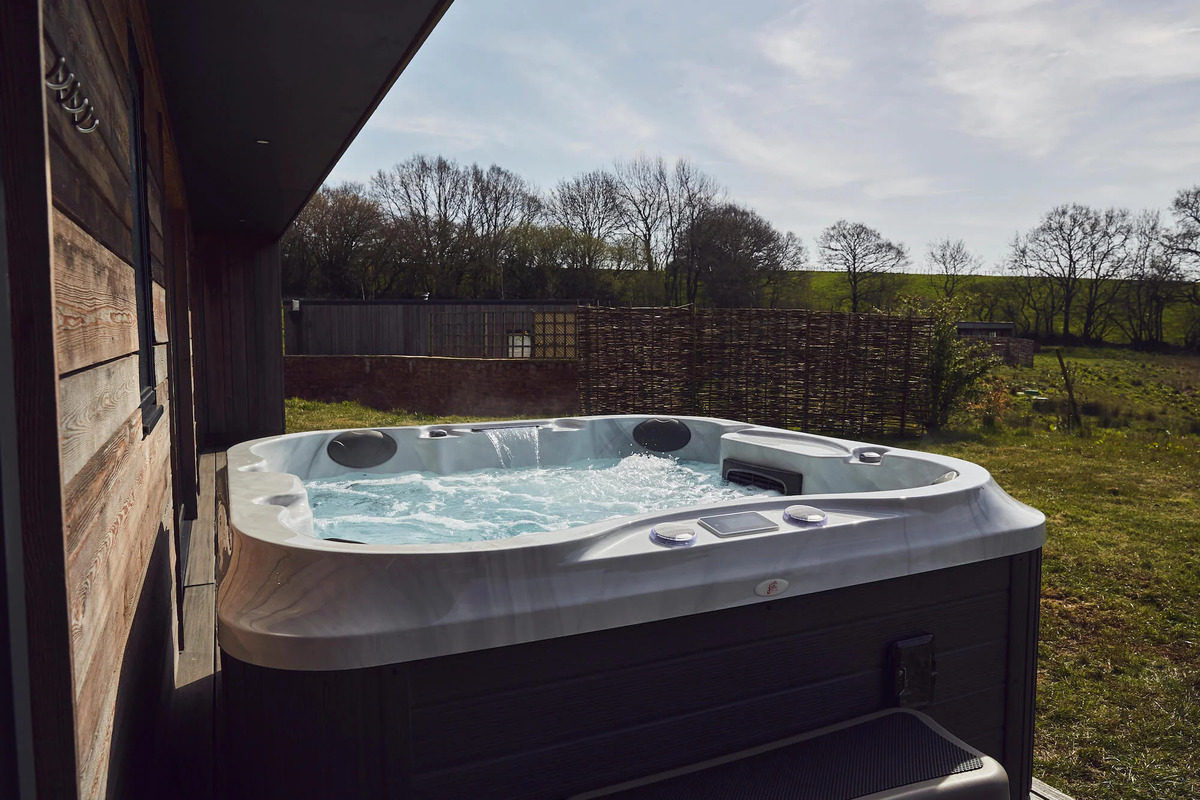
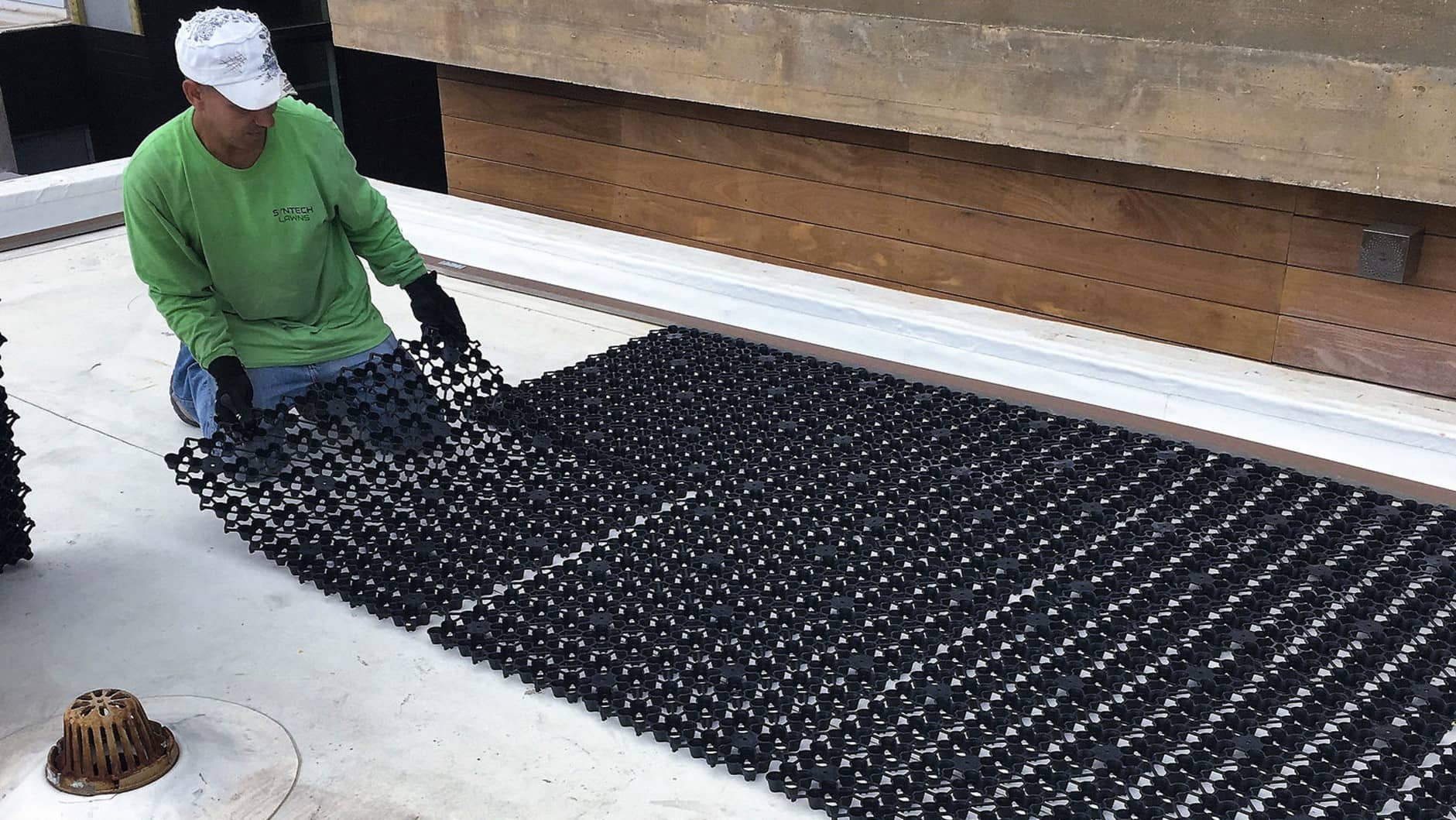
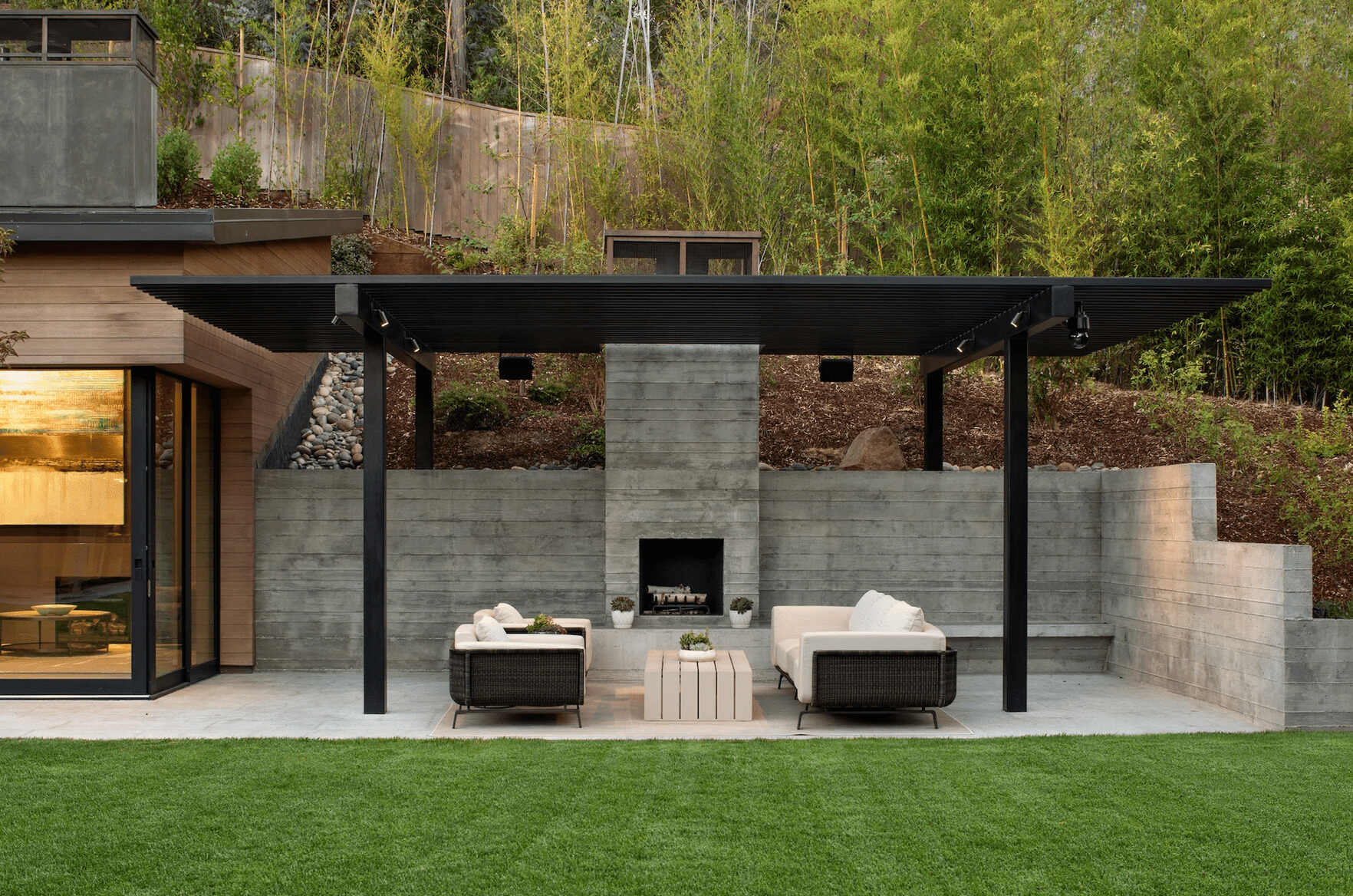
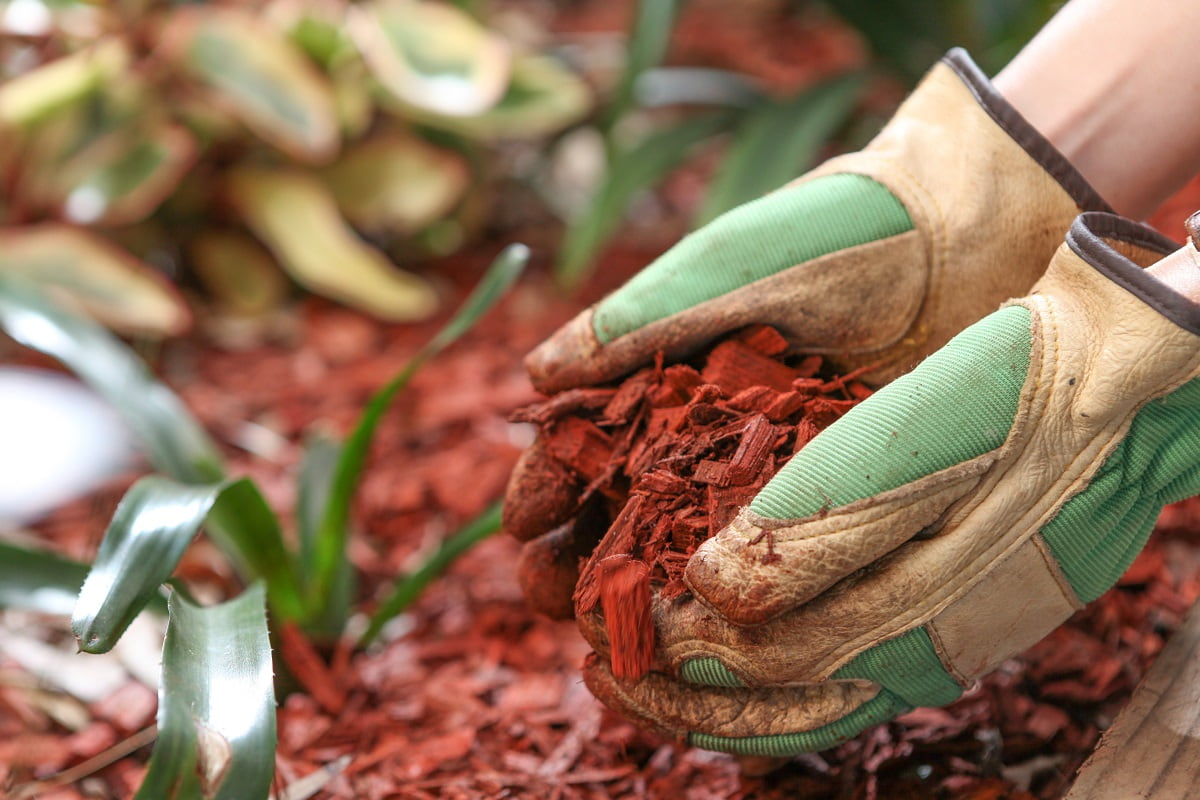
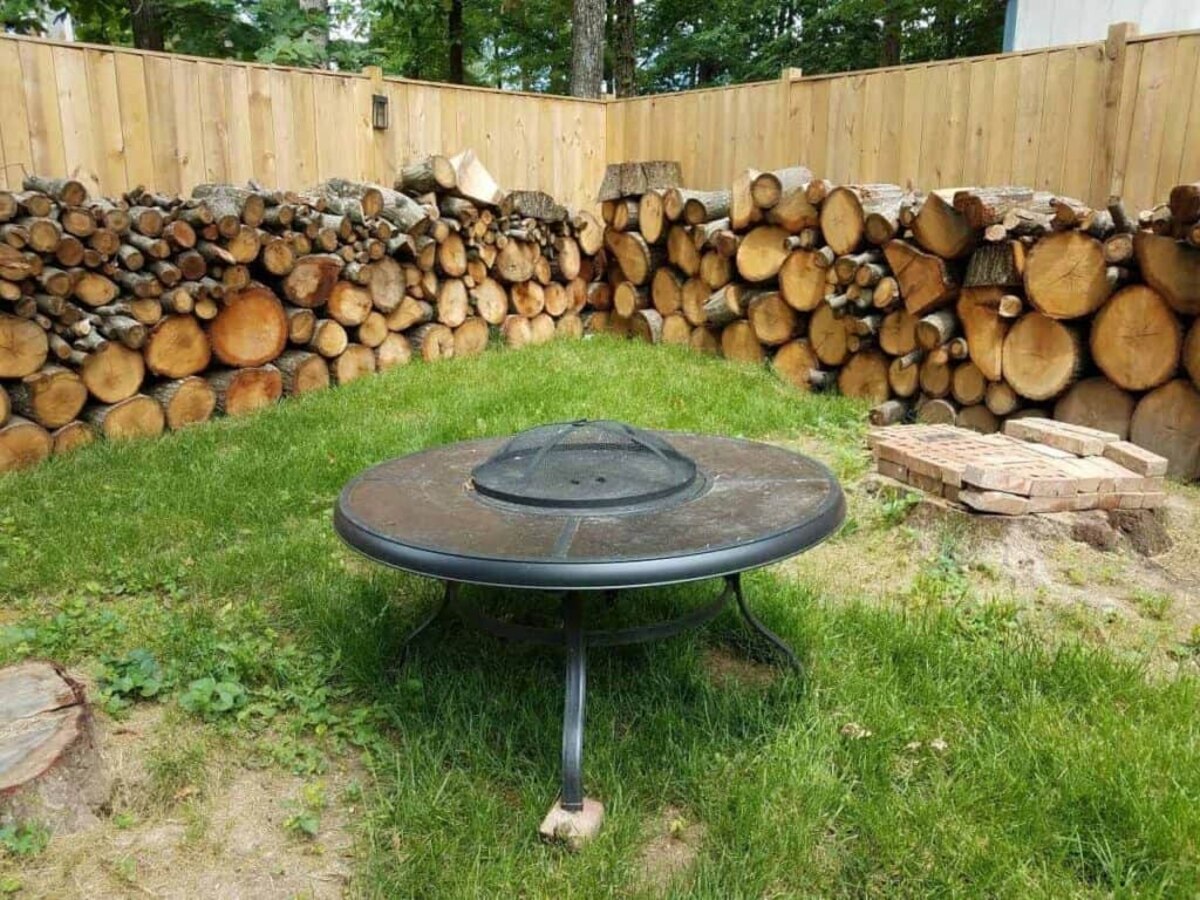

0 thoughts on “What To Put Under Artificial Grass”